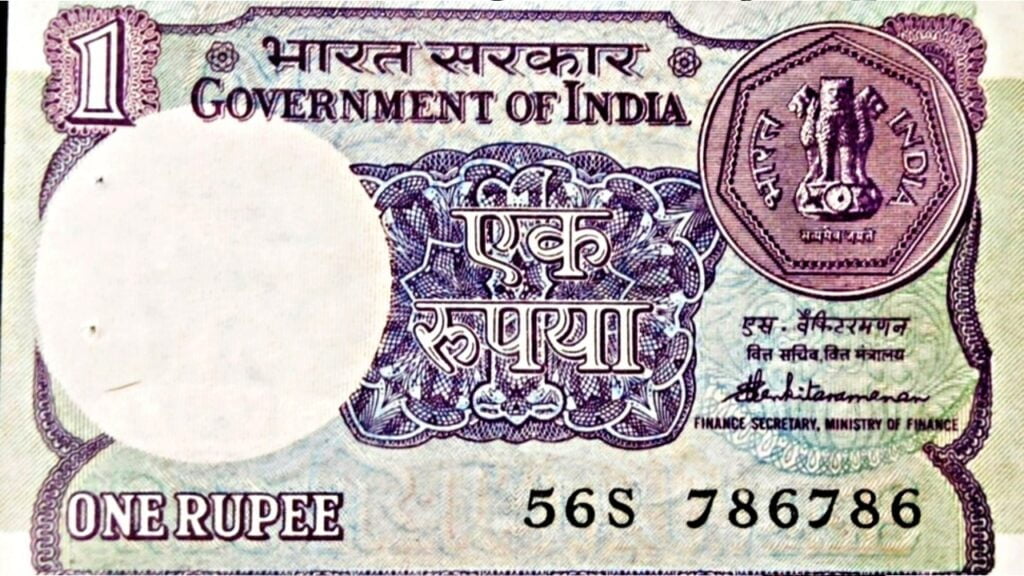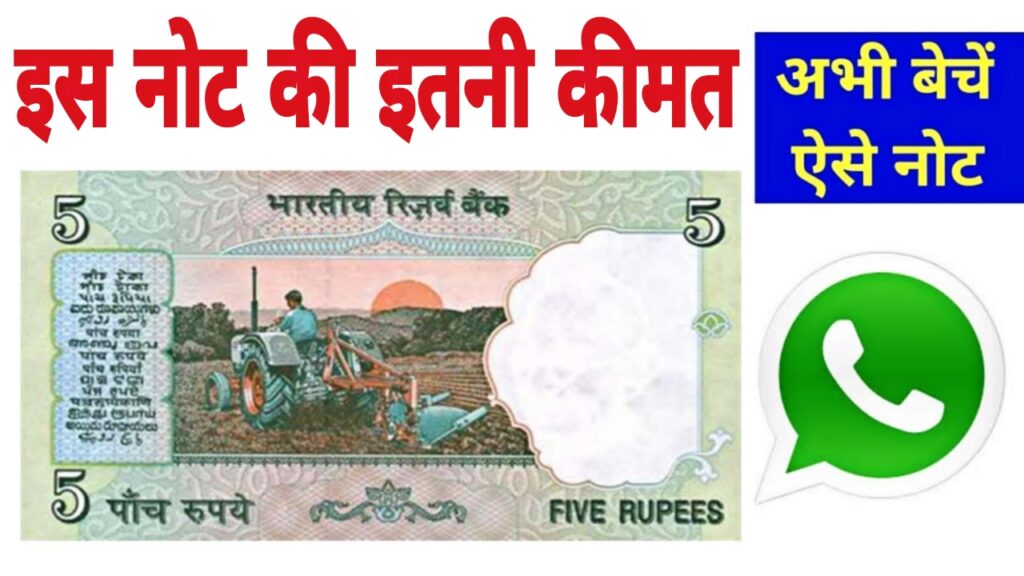UPI Update
India’s Unified Payments Interface (UPI) has become an integral part of daily transactions, with millions relying on it for seamless money transfers, bill payments, and balance checks. However, starting August 1, 2025, the National Payments Corporation of India (NPCI) is set to implement new rules that will impact how users interact with UPI services, especially with regard to balance inquiries and daily transaction limits.
Here’s everything you need to know.

Why Are UPI Rules Changing?
The NPCI and participating banks have witnessed a significant surge in low-value but high-frequency transactions, such as frequent balance checks. This has placed unnecessary strain on banking servers, leading to system slowdowns and occasional failures. To ensure smoother operations and better efficiency, NPCI is introducing limits and controls to reduce this traffic and optimize the UPI ecosystem.
Key Changes Effective from August 1, 2025

1. Balance Check Limit Per Day
One of the most noticeable changes is a daily cap on UPI balance checks. From August 1:
- Users will be allowed a maximum of 10 balance check requests per bank account per day via UPI apps.
- After the limit is reached, any further attempt to check the balance will be temporarily blocked until the next day.
This move is intended to reduce server load and encourage users to check their balance only when necessary.
2. Improved Alerts and Statements
To offset the reduced ability to check balances frequently, UPI apps will now:
- Provide push notifications summarizing your account balance at the end of each day.
- Include mini statements within the app interface for quick reference, without needing to trigger a live balance request.
3. Limits on Non-Financial Transactions
Aside from balance checks, other non-financial transactions like UPI PIN changes and mandate setups may also see new throttling rules. Although exact numbers vary by bank, most apps will restrict these to 3–5 times per day to prevent abuse or accidental overuse.
What This Means for Users
While some users may find the balance check cap inconvenient at first, the overall intent is to create a more stable and efficient UPI environment. With millions of daily transactions, reducing unnecessary pings to banking servers can help prevent downtime, especially during peak hours.
Most people do not need to check their balance more than a few times a day. By setting a cap, NPCI aims to encourage mindful usage and ensure critical financial transactions are prioritized.
Tips for Users
- Use the passbook or account statement section in your bank app for detailed information.
- Set up notifications for incoming or outgoing payments, so you stay informed without needing to check manually.
- If you’re managing multiple bank accounts, spread your balance checks accordingly.
UPI continues to evolve with the needs of a rapidly digitizing India. While these new rules may seem restrictive initially, they are designed to enhance the overall experience and reliability of the platform. Stay updated with your bank and UPI app for specific changes tailored to your service provider.





